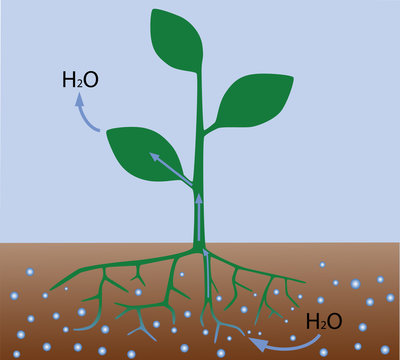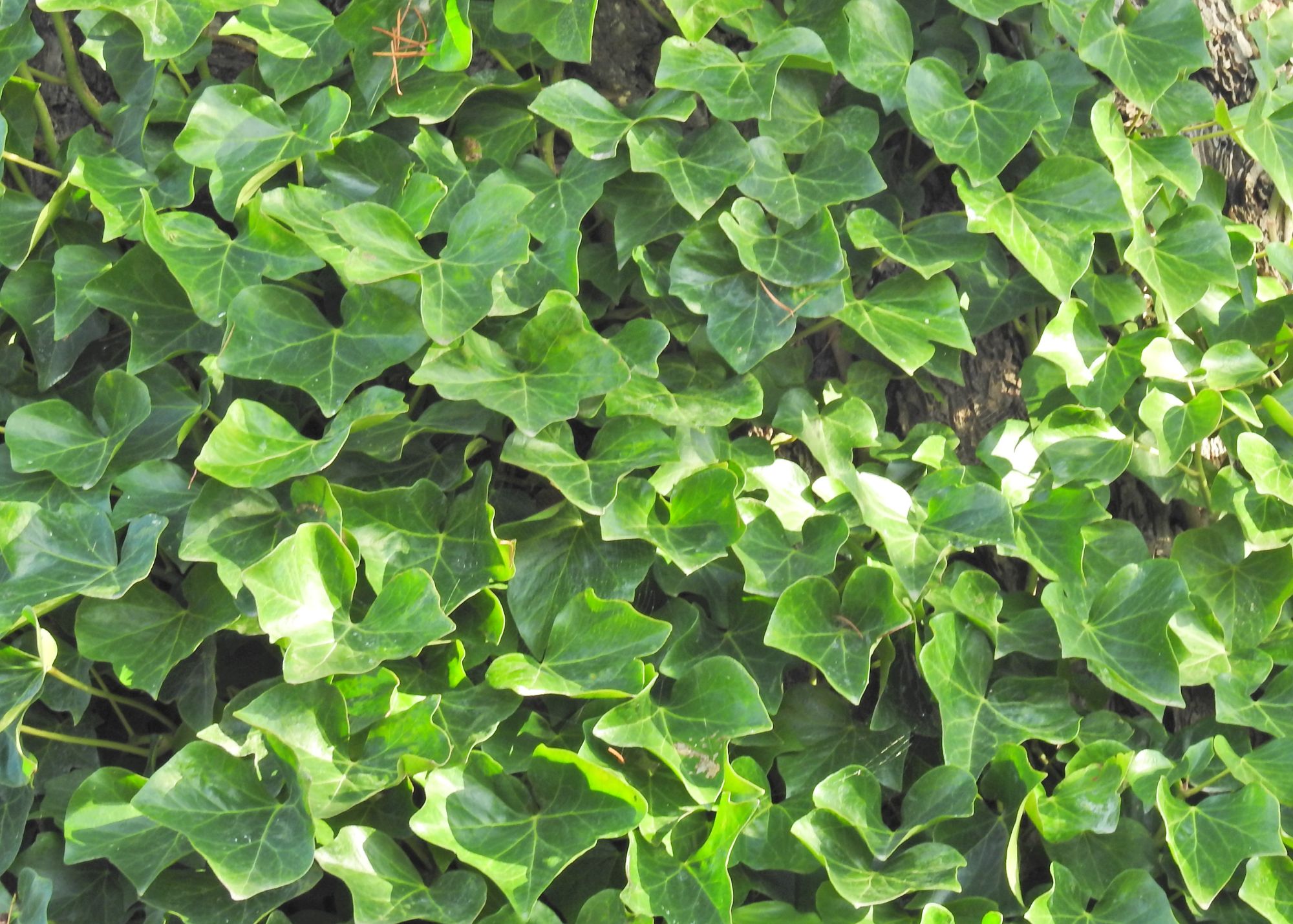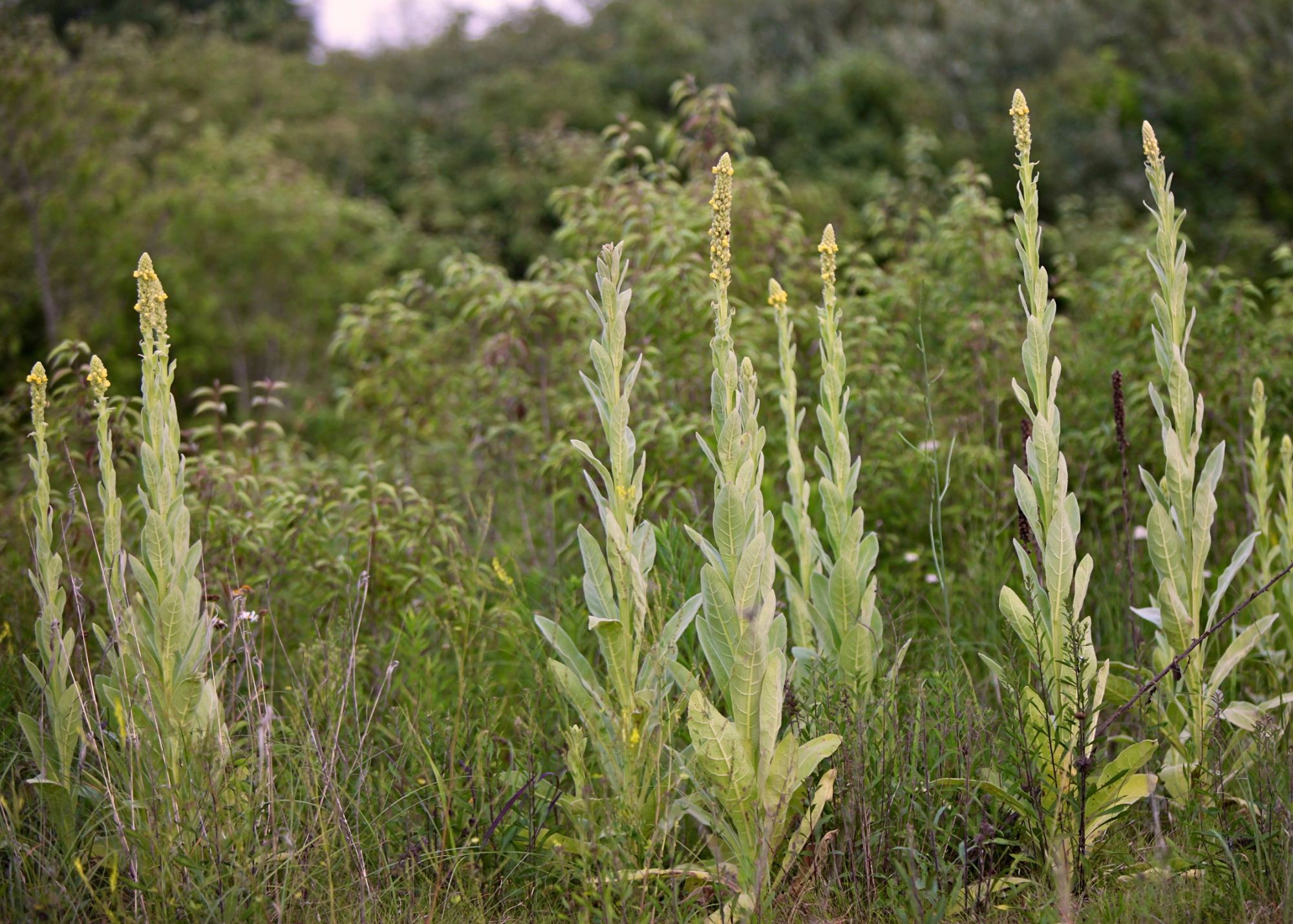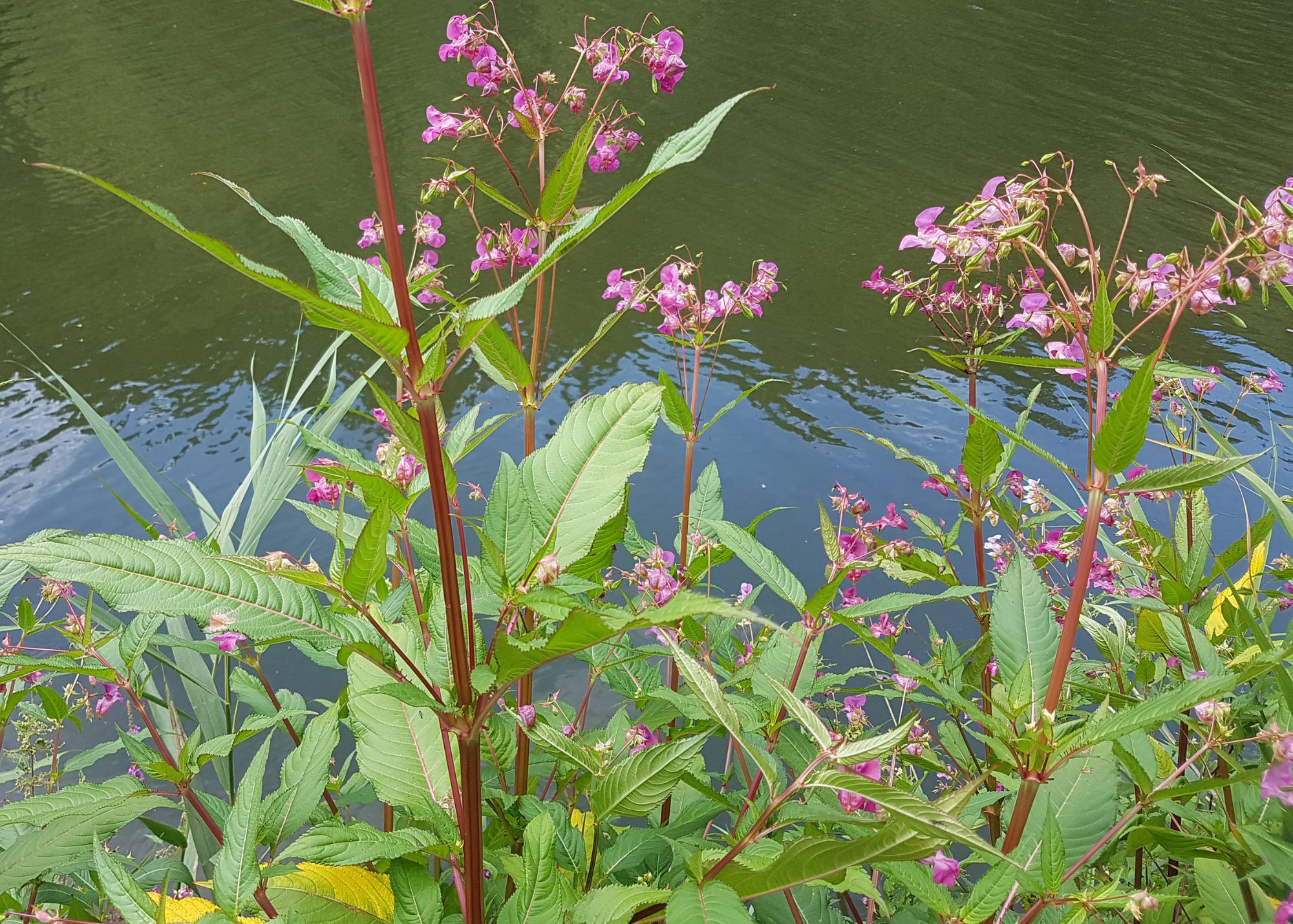The plant biology world is fascinating but can be difficult to understand if you don’t have a background in the subject. In this blog post series called How Do Plants Work, we break down major processes in plant growth and development.
A couple of weeks ago, we wrote about how plants get energy from the sun. Have you ever wondered how plants get water and nutrients from the soil into their cells? Or what happens if a plant cannot get enough water or nutrients? In this post, we break down the major steps of water and nutrient uptake and provide examples of special adaptations seen in invasive species in our area. This blog is part of a series of posts called How Do Plants Work?
Water Uptake
Water uptake is essential to plant (and most other) life. Ensuring that plant cells are always full of water prevents plants from wilting and allows the cells to carry out all of their proper functions. Without water, plants quickly wilt and die. Many plants must delicately balance the amount of photosynthesis they can perform with the water availability in the soil.
Water availability can depend on many factors. Soil particle size and nutrient concentrations in the soil play a large role. Smaller soil particles, like silt, have less space between them and therefore hold onto water for a relatively long time, keeping the soil moist. Larger particles, like sand, have much larger spaces between them, allowing water to drain quickly and consequently causing the soils to dry out quickly. Nutrient availability in the soil can have two different effects:
- When too many minerals are present, the soil’s salinity increase. Eventually, increased salinity can cause the water to flow from the plant back into the soil, drying the plant out.
- If too few minerals are present, the plant will die from plant malnutrition.
It’s a fine balance : when they are present in the appropriate amounts, minerals present in the soil can help plants thrive.
Water is pulled through the plant in a process called transpiration. Water is absorbed by the roots and travels through the plant using its xylem. The xylem is comprised of tube-shaped cells that the plant has intentionally killed. This allows water and minerals to flow freely from root to leaf, and not have to travel through live cells (think of this as the plant’s plumbing system).
For transpiration to occur, the stomata or pores in the leaves must be open. Since the atmosphere is dryer than the water column inside the xylem, the atmosphere causes a sucking effect on the stomata and pulls water through the xylem like a straw. Water vapour leaves through the stomata, causing a constant need to draw more water in from the roots to replace the loss.
As mentioned in the previous How Do Plants Work post, stomata must be open to draw carbon dioxide from the atmosphere and allow photosynthesis. This leads to a bit of a paradox regarding stomatal opening. While the plant is actively photosynthesizing and its stomata are open, it must constantly draw in water to replace what is escaping. If the plant must close its stomata to prevent too much water loss, either because the day is too hot or the soil is too dry, it cannot photosynthesize. To cope with this paradox, many plants have specialized adaptations.
Let’s look at examples of specialized adaptations in invasive plants:


English Ivy has waxy, leathery leaves to prevent water loss. Water loss through the stomata is ideal because it facilitates the uptake of more water, but water vapour escaping through the leaf surface while stomata are closed is less than ideal. To prevent this from occurring on hot days, English Ivy has a waxy coat on its leaves, which makes them more waterproof. This gives English Ivy more resilience in hot weather.

Great Mullein is covered in short hairs, giving it a fuzzy appearance. These small hairs help to prevent water loss through the leaves by keeping the plant cooler and stopping direct sunlight. Keeping the plant cool lets it keep stomata open longer, allowing for more water uptake in warmer areas.

Common Tansy has leaves that are fern-like and deeply lobed. This allows their leaves to collect more light, while also having a lower leaf surface area than a plant with a solid leaf. Less leaf surface area causes the leaves to stay cooler and allows the plant to keep its stomata open longer than other plants on hot days. This also allows for less water loss through the leaf surface on hot days when the stomata must remain closed.
Nutrient Uptake
Nutrient uptake from the soil is also essential to plant health. Like animals, plants can only make some of the necessary compounds to survive. The rest of the minerals and elements must be acquired either from the atmosphere or from the soil. Nutrients acquired from the soil enter the plant similarly to water. Since the nutrients are dissolved in soil water, they are drawn into the roots as water is taken in. Once inside the plant, they are also moved throughout the plant using the xylem and exit into any plant cells that are deficient in that particular nutrient. The nutrients that are necessary to plant growth are called essential elements. If a plant has the proper concentration of these elements, it can make everything else it needs.
| Macronutrients | Micronutrients |
|---|---|
| Nitrogen | Chlorine |
| Potassium | Iron |
| Calcium | Boron |
| Magnesium | Manganese |
| Phosphorous | Sodium |
| Sulphur | Zinc |
| Silicon | Copper |
| Nickel | |
| Molybdenum |
Essential elements can be broken down into two categories; macronutrients and micronutrients. Relatively large amounts of macronutrients are necessary for plant growth, while very small amounts of micronutrients are needed. All of the most common plant macro- and micronutrients are listed in the table to the left (try saying Molybdenum 5 times fast!). Three essential elements, hydrogen, oxygen, and carbon, have been left out of this table as they are acquired either from the atmosphere or from the water itself.
Any essential element missing from a plant results in abnormalities in plant growth, development, or reproduction. Similarly, large amounts of these elements can cause the same defects. Many micronutrients can cause toxicity to the plant in high concentrations, especially heavy metals.
As mentioned earlier, excess minerals in the soil can also cause soil salinity, which is harmful to plants for the same reasons. Different plants have different levels of salinity tolerance. While a certain salinity level would kill some plant species, it may cause another species to thrive. One of the causes of soil salinity is agriculture, where over-fertilization and over-irrigation cause excess nutrients to be wiped from fields and deposited in excess amounts in nearby ecosystems.
As a plant absorbs nutrients from the soil, it creates nutrient depletion zones. To combat this, plants must grow extensive root systems to reach new areas where nutrients remain. Different species of plants have different types of root systems and different growth rates depending on their environment and nutrient availability. Many species of plants have specialized adaptations to survive harsher environments.
Let’s look at some local invasive species’ root systems and their adaptations:

Knotweeds are infamous for many reasons, their extensive root systems being one of them. Their roots can grow up to 3m deep and 20m laterally away from the parent plant. This allows Knotweeds to absorb water and nutrients from the soil far away from them but also causes nutrient depletion, creating an inhospitable environment for other species in the area.

Common Burdock has a thick, fleshy taproot that makes it difficult to remove and allows the plant to reach deeper into the soil than many other plants can. This makes more nutrient resources available to Common Burdock than other species in the area, allowing it to grow more quickly and consequently shade out other plants with its very large leaves. Since Common Burdock individuals typically only live for two years, the thick taproot grows extremely quickly.

Himalayan Balsam has a shallow, fibrous root system. Since this species only lives one year and prefers moist habitats, a shallow root system provides the plant with ample water and nutrients. However, since the plant dies off in the winter, it leaves the soil bare and exposed, increasing the risk of erosion and run-off, causing nutrient depletion. This leaves the soil in a less-than-ideal state for native plants which require easy access to nutrients following Himalayan Balsam infestations.
References
- Taiz, L., Zeiger, E., Møller, I. M., & Murphy, A. S. (2015). Plant Physiology and Development (6th ed.). Sinauer Associates Inc.
You might also like…
Species Mentioned in This Post


Add Comment